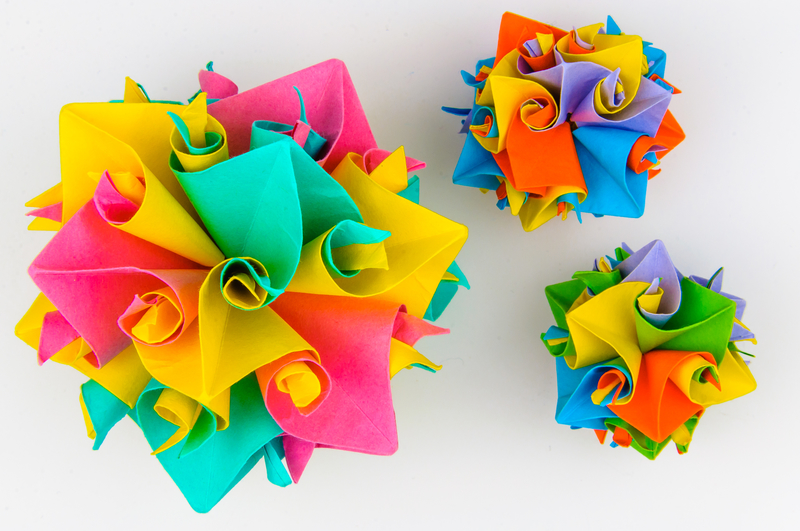
Often overlooked as a legitimate form of therapeutic treatment, art-making and art therapy can be the creative outlets many individuals need to truly express themselves. Much research has been done on the health benefits of making art, in fact, a recent study conducted by Drs. Girija Kaimal, Juan Muniz, and doctoral student under Kamial, Kendra Ray, proposes that a 45-minute session of art making can significantly reduce cortisol levels in the body. Published in the journal Art Therapy, this 2016 study, aptly titled “Reduction of cortisol levels and participants’ responses following art making,” is one of many which offer similar results suggesting that making art is more than just a fun way to occupy one’s time.
Creating Art Reduces Cortisol Levels
Cortisol is better known as the “stress hormone” as it correlates with our stress levels in our bodies. This includes what has come to be referred to as the “fight-or-flight” response to stressful situations or dangerous events. This study assessed a total of 39 adults, aged 18 to 59, who were asked to make an art piece of their choice. These participants were provided a selection of art materials ranging from clay and collaging materials to felting pens. Prior to this, the participants’ saliva was tested for cortisol levels. They were also given questionnaires before and after their sessions of art-making to acquire additional data relating to their experiences.
What the researchers observed was interesting, to say the least. In short, around 75% of the participants had lower cortisol levels following their session than they did prior to making art. For the 25% of remaining participants, cortisol levels either remained the same or, for a select few, were elevated. The researchers noted that prior experience did not seem to affect the outcome of the study. What this means is that stress reduction was not in any way related to the familiarity of the participants with any of the material or what their skillset was. While further research is needed to offer more concise outcomes, the results of this study and those like it are promising.
Stress is a Whole Body Response
Such studies focus on the collection of what are known as “biomarkers,” or physiological measures of those participating in the study. Commenting on the role of these biomarkers and art therapy research, Drs. Elizabeth Warson and John Lorance explain that “the field of art therapy is rich with opportunities for research that can enhance and validate what is already common knowledge to most art therapists and their clients: that art is life enhancing.” However, they note that what isn’t known is the physiological science behind this relationship, which involves the collection of these biomarkers. They did find, though, that the effect of art therapy on stress extends beyond the role of cortisol. In fact, Warson and Lorance underscore the significance of the roles of the endocrine, nervous, and immune systems in our stress response in their own studies into stress reduction and art-making. Their studies show the effects of coloring an intricate circular design called a mandala, or working through a maze, and the impact of such activities on the body’s cortisol, immune response, salivary alpha-amylase (SAM), and standard anxiety inventory responses. Their preliminary findings reveal that these activities decreased SAM and increased immunity. They also discovered that a variety of factors can impact variations in cortisol levels, such as those observed by Drs. Kaimal, Muniz, and Ray.
Art Therapy as a Relational Approach
Art therapy is often defined as a relational approach. In other words, this means that the role of the professional, in this case the therapist, can play an important role in the overall effectiveness of the treatment. A 2010 study conducted by Latvian researcher Dace Visnola and her colleagues confirms this through their investigation of a specific art therapy protocol that not only examines cortisol levels but also the individual’s perception of stress and and reportable physical changes for the time. This study helps to provide emerging data on the fundamental differences between art-making and art therapy. Their work helped to demonstrate the complexities of stress reduction in clinical practice. In other words, by devising a session of art therapy which included the role of an art therapist, they were able to enact specific interventions designed to facilitate change as well as encourage self-exploration, thought, and emotional expression.
Growing within the Windows of Tolerance
A number of questions remain regarding the quantitative proof of the benefits of art-making on our stress levels, as these extend beyond the production of cortisol. Art therapy, just like any other therapy, is more than just relaxation, but rather involves the setting and attainment of personal goals. However, unlike more conventional therapeutic methods, art therapy allows people to grow within their own personal “windows of tolerance” – an area of emotional activation in which a person can comfortably tolerate, according to art therapist Dr. Cathy Malchiodi.
She explains that “Art therapists, like most psychotherapists, offer what can often be modestly stressful experiences and strategic art-based approaches within the windows of individual tolerance; a little stress is often necessary for all of us in order to learn and achieve goals of behavioral change, emotional repair and resolution, personal and interpersonal growth, resilience and self-efficacy.”
The current outlook on the success of such unique treatments looks promising, as revealed by numerous studies and findings. As such, art therapy becomes on of the many individually-tailored treatment options available to help us progress in our journeys towards greater happiness and health.




